By Rachel Thomas
Honors Tutorial College student studying Classics in Rome
The crucial halfway point in my program arrived, and with it came a long weekend—four days free of any coursework or group site visits. While people around me planned visits to far-off corners of Italy, I initially shrank away from the idea of traveling too far—after all, it was only four days, and (ironically like the younger Pliny in his infamous letter on the eruption of Vesuvius), I had plenty of reading to do.
But when I learned that several of my fellow participants were planning a trip to Naples and, thence, to that holy quintet of archaeological sights composed of Pompeii, Herculaneum, Boscoreale, Oplontis and Stabia, I couldn’t pass up the opportunity to go as well. As a Classics student in the Honors Tutorial College, one of my most recent Latin tutorials focused on the letters of Pliny the Younger, from whom we receive our famous description of the eruption of Vesuvius and, indeed, the term “Plinian eruption” itself. With this background in mind, I eagerly set out to see just what my good friend Gaius Plinius Caecilius Secundus was talking about.
Before we even stepped off the train, several things were obvious—one of which happened to be named Vesuvius. Mount Vesuvius is massive, instantly identifiable, and creates an ominously picturesque backdrop against which winding rows of shops and fruit-carts stand. Virtually anywhere you go, you’re likely to see lots of produce, and there’s a reason for that—the same reason that drew people to this area in the first place. The soil in the Pompeii region is especially fertile, thanks in part to its volcanic nature. Although Vesuvius is benign at the moment, one can’t help but feel that while the fruit and vegetables may be delicious and abundant, the trade-off is weather that’s perpetually sunny with a chance of volcano.
After a marvelous evening spent exploring the Villa Oplontis, I was ready to fill my head with Plinian thoughts and explore the Pompeii Scavi. One of the entrances lay very close to my hotel, and so I was eager to make the most of my time vacationing under the volcano.
Visiting the remnants of Pompeii was, in many ways, like visiting a modern city: buildings rise up and roads twist and turn all around you as people from every imaginable nation crowd nearby, talking and chatting and, in many cases, receiving tours. Although a part of me was fully ready to grouse hypocritically about “all these tourists,” I entered the Forum with a smile on my face. This was, in some ways, how it was meant to be experienced. An ancient forum was not a place of silence and stillness, devoid of life except for a few intrepid archaeologists—it was a bustling, busy place filled with strangers and neighbors, with adjacent shop-lined streets and temples alike. The sheer number of people there made it, rather inadvertently, more authentic.
Visiting Herculaneum was not so fortunate. Although the site is remarkable—both pleasantly thought-provoking in an academic fashion and sobering at the same time—many of the remaining walls still decorated with ancient paint are now covered in modern graffiti. Despite vainly erected cordons, it seems that modern vandals were all too happy to carve their names into the 2000-year-old second style wall paintings. In spite of the numerous scars overtop the fine frescoes, it was still a remarkable testament to the paradoxically preservative capability of a pyroclastic flow.
Indeed, one of the things I looked forward to the most on the trip was seeing the docks where the ill-fated evacuees of Herculaneum took refuge as they waited for an exit that could never come. Pliny the Younger’s letter on his uncle (6.16) tells us that the Elder Pliny did indeed leave Misenum specifically to rescue people who, like the dead of Herculaneum, took refuge by the docks, it was impossible for the ships to reach the bays at all. While the scenario is grim enough on paper, when one sees the warped skeletons clinging to one another even after almost two thousand years, the true gravity and futility of the situation becomes clear. The account of the Younger Pliny’s is not simply a tale made more fanciful to boost his uncle’s heroic and scholarly prowess; it concerned very real human lives—yet another way in which the material world cements understanding of literature.
Although I said arrivederci to Campania too soon, a part of me was glad to remove myself from Vesuvius’s immediate vicinity. Though it was an invaluable opportunity and one which greatly enhanced the way I think about Plinian scholarship, even including my own, the experience was still discomfiting—a lonely moment in the history of the Roman world frozen in time. I can only hope that I am so fortunate as to stumble upon more of those moments.


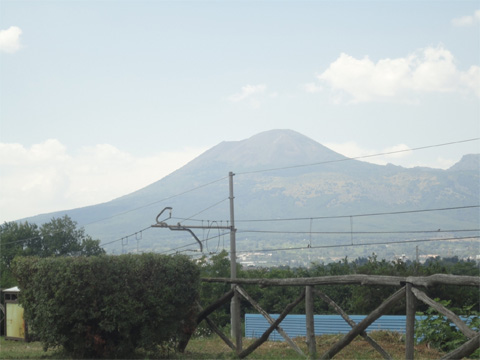
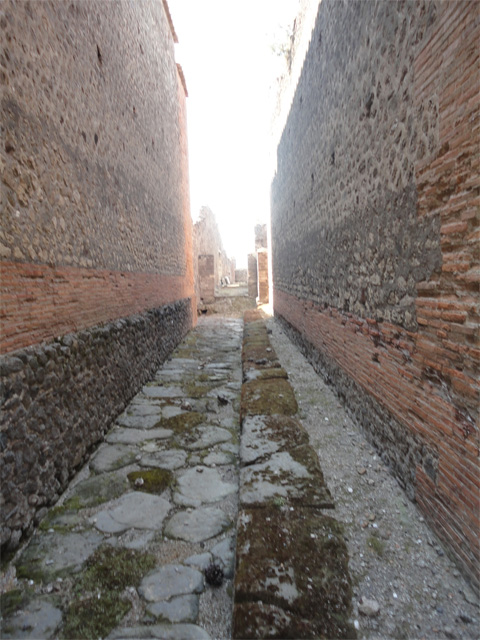
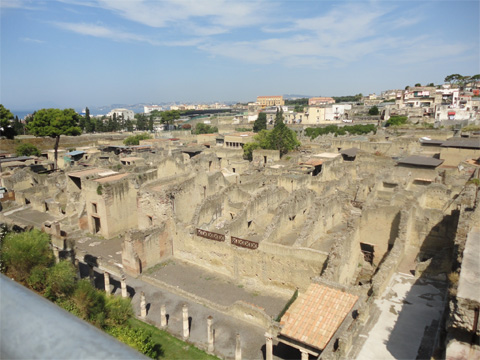
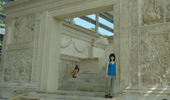
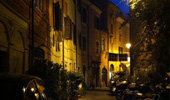
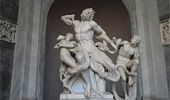
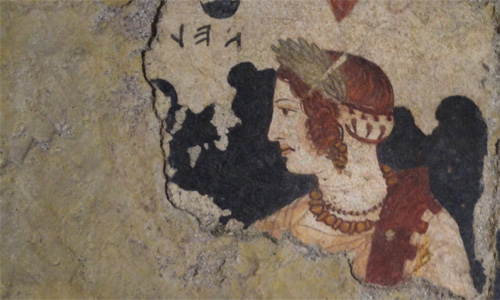













2 Comments